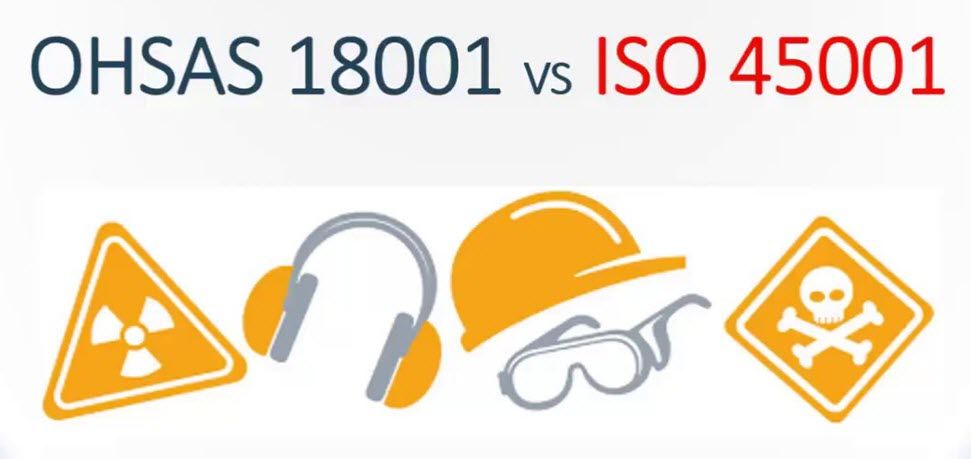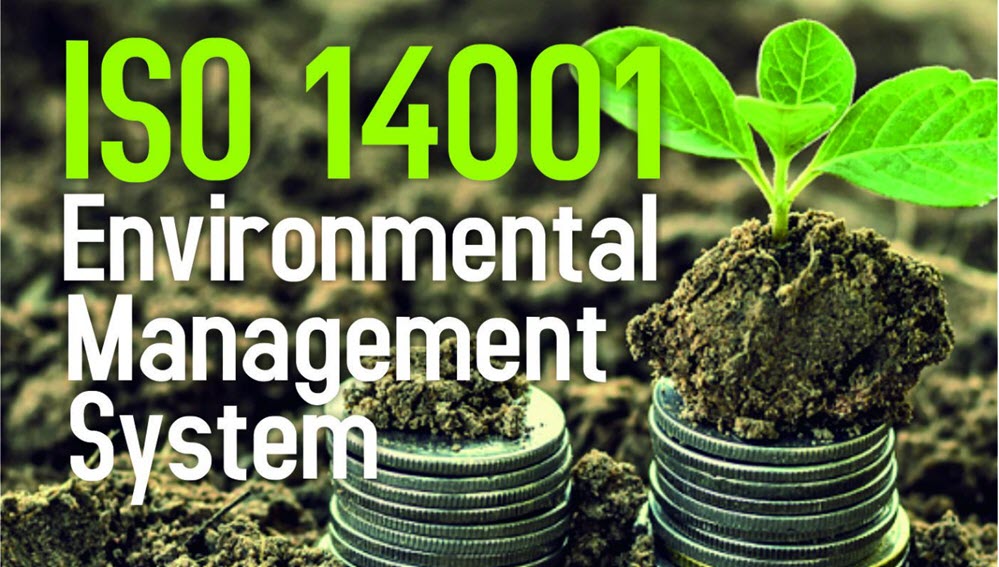ISO 45001 is the newly published standard that supersedes OHSAS 18001. As all organisations currently certified to OHSAS 18001 has to transition to ISO 45001 within a 3 year period, there is a lot of debate on the difference between ISO 45001 vs OHSAS 18001.
The new ISO 45001 standard implements the high level structure, compatible with ISO 14001:2015 and ISO 9001:2015. Therefore, applying and integrating this management system will add values to the organisations and raise the health and safety bar.
Context of the Organisation in ISO 45001 vs OHSAS
A huge plus to the new standard ISO 45001 vs OHSAS 18001 is the concept of context. This is a completely new requirement; the organisation will need to determine the external and internal context that affects the organisation and its OH&S management system. The Context of every organisation will have to be determined, assessed and monitored. Organisations must look at the conditions that affect the operation such as stakeholders, regulations and governance. Understanding the drivers of the organisational culture is essential.
The Needs and Expectations of Workers and Other Interested Parties
While the interested parties are stated in OHSAS 18001, it didn’t examine explicit requirement for the identification of the interested parties and their needs and expectations. In addition ISO 45001 differentiates workers from other interested parties so as to place emphasis on their importance.
Determination of Risk and Opportunities
This is a totally new requirement in the new ISO 45001 vs OHSAS 18001. When planning the OH&S management system, it is important for the organisation to determine the risk and opportunities tied to the organisation.
Objectives of the Organisation
In the ISO 45001, there is an increased focus on the objectives determination by an organisation because drivers of improvement and their achievements shall be assessed and evaluated during performance review. The objective should support the OH&S Policy and shall be considered within available resources. Furthermore the responsibility for reaching the objectives, timescale and performance indicators is required to measure progress. Information about the objectives and the action plan must be clearly documented.
Reduction of OH&S Risks and Eliminating Hazard
The new ISO 45001 standard stipulates the hierarchy of controls in a preference order with respect to risk management. Risks and hazards controls are prerequisites in the planning of operational controls. ISO 45001 introduces requirements for the management of scheduled changes in operations such as work force, working conditions, equipment and changes in risks and hazards.
Leadership and Worker Participation
ISO 45001 vs OHSAS 18001 both have similar requirements with respect to top management. However, in the ISO 45001, it is not required that the organisation appoint a member of the top management who will be responsible for the OH&S management system. In addition, the requirements for the OH&S Policy are better elaborated in ISO 45001.
Information and Communication
The requirements of both standards are pretty much the same in this point, only elaborated in more detail in ISO 45001. Communication requirements have been improved in terms of clearly defining the objectives of communication and its effectiveness. In addition it must be stated to Who, What and When such communication should take place.
Preventative Actions in ISO 45001 vs OHSAS
The Preventative Action has been removed from the ISO 45001 standard. Instead, the Preventative Actions are now executed in the Risk Management Process when determining the risks and opportunities and how to eliminate or reduce the risk and accept opportunities.
Other differences identified in the ISO 45001 vs OHSAS 18001 comparison are;
- ISO 45001 also allows the consultation and participation of workers to a greater degree in the Health and Safety Management System.
- ISO 45001 makes provisions for monitoring and taking care of the health and safety of the workers in the contractor’s organisations and outsourced processes in addition to during procurement activities.
There is no doubt that implementing the new ISO 45001 standard will improve the value of organisations and more importantly, result in complete overall better Health and Safety practice for workers and accidents reduction.
If you are looking to implement ISO 45001 or transition from OHSAS 18001 contact us for a free consultation with an ISO 45001 consultant to see how we can support with your project.


















